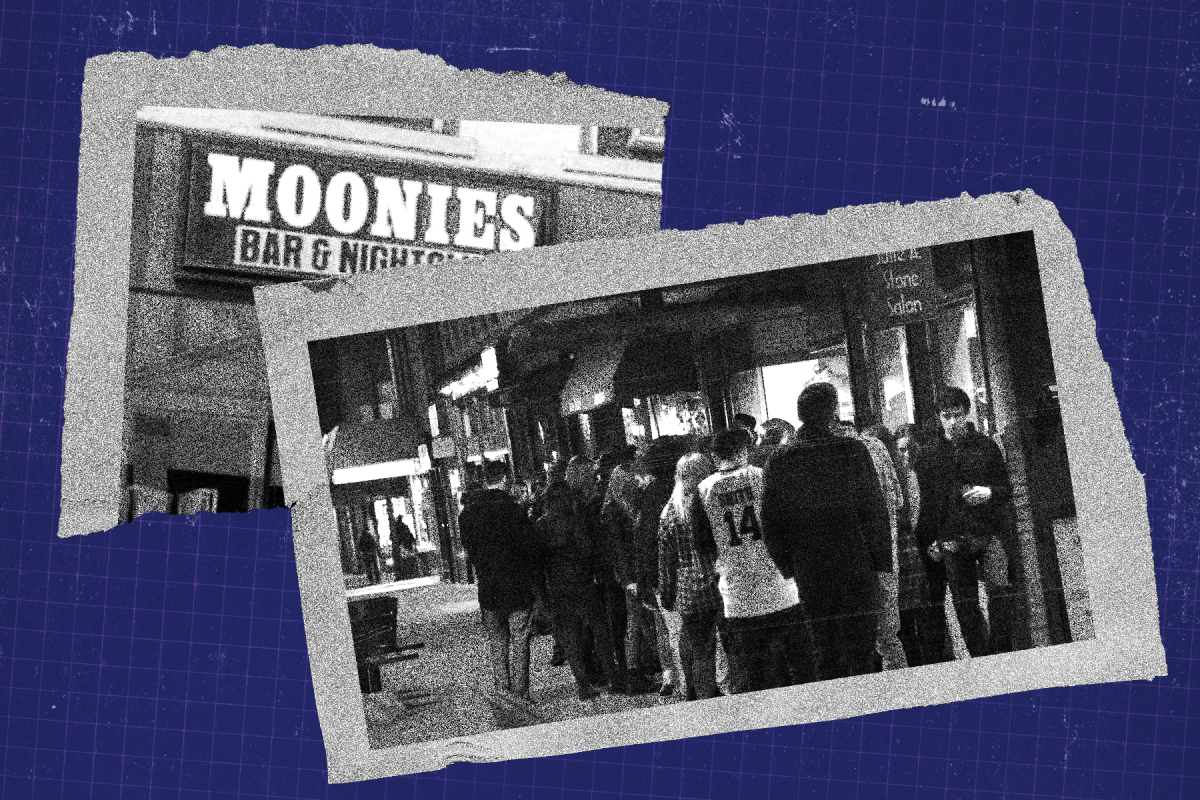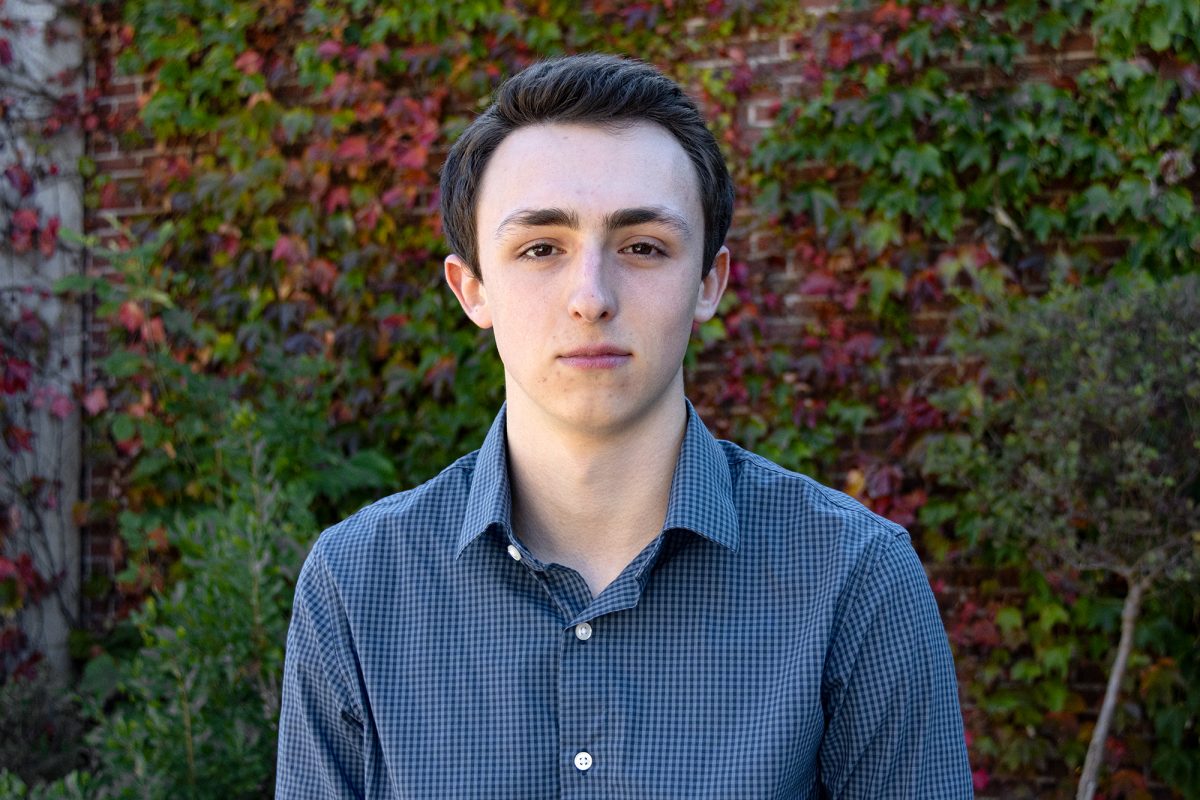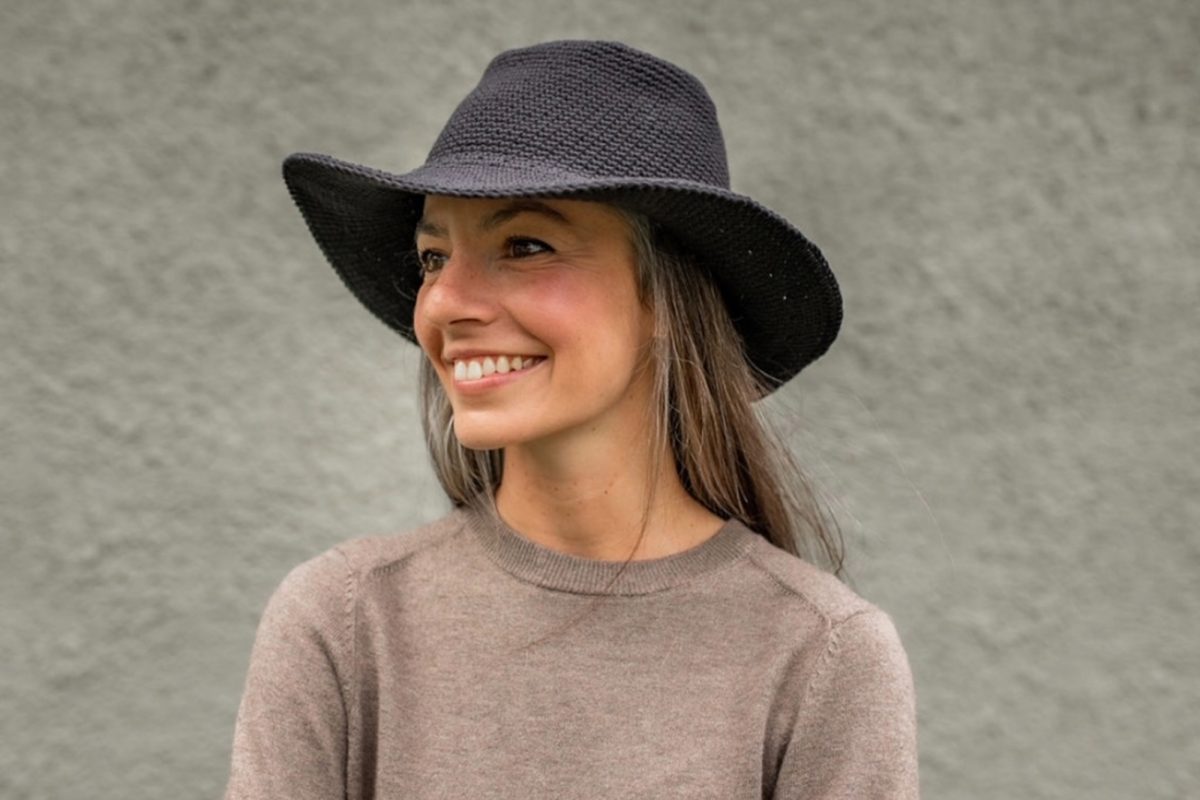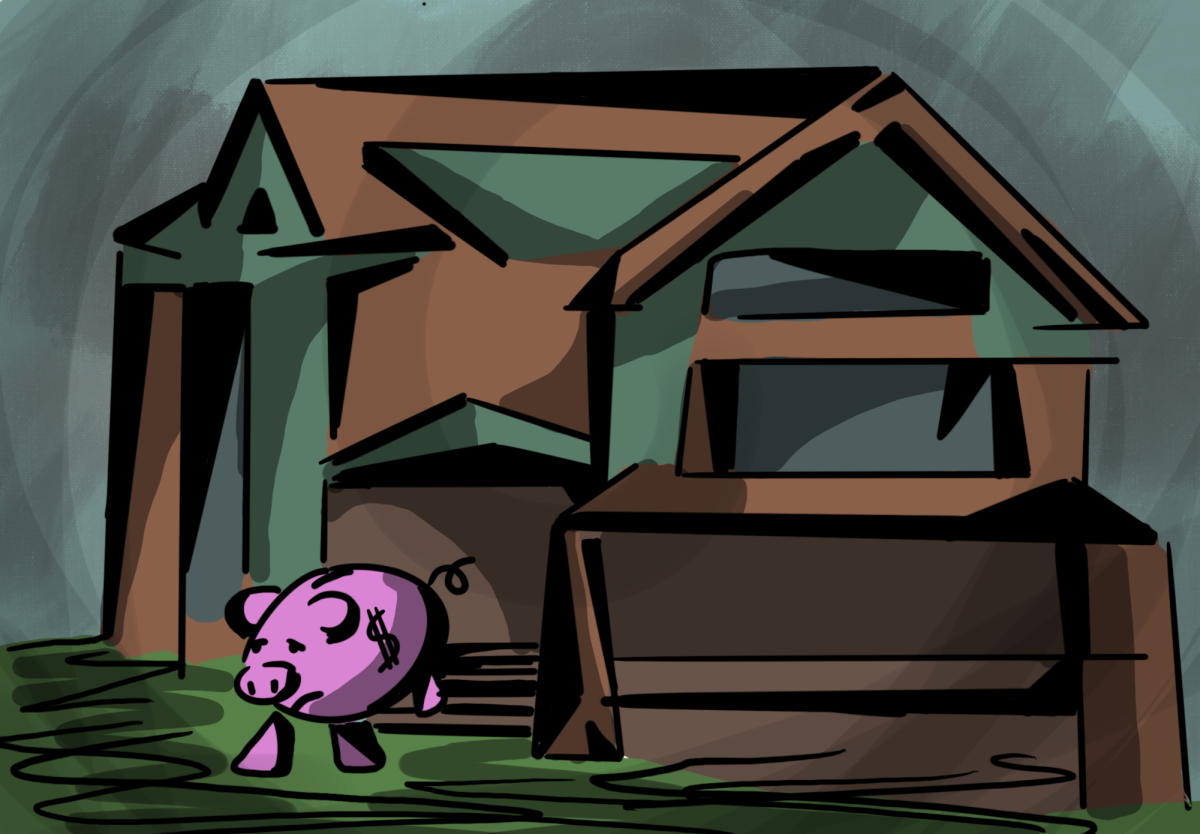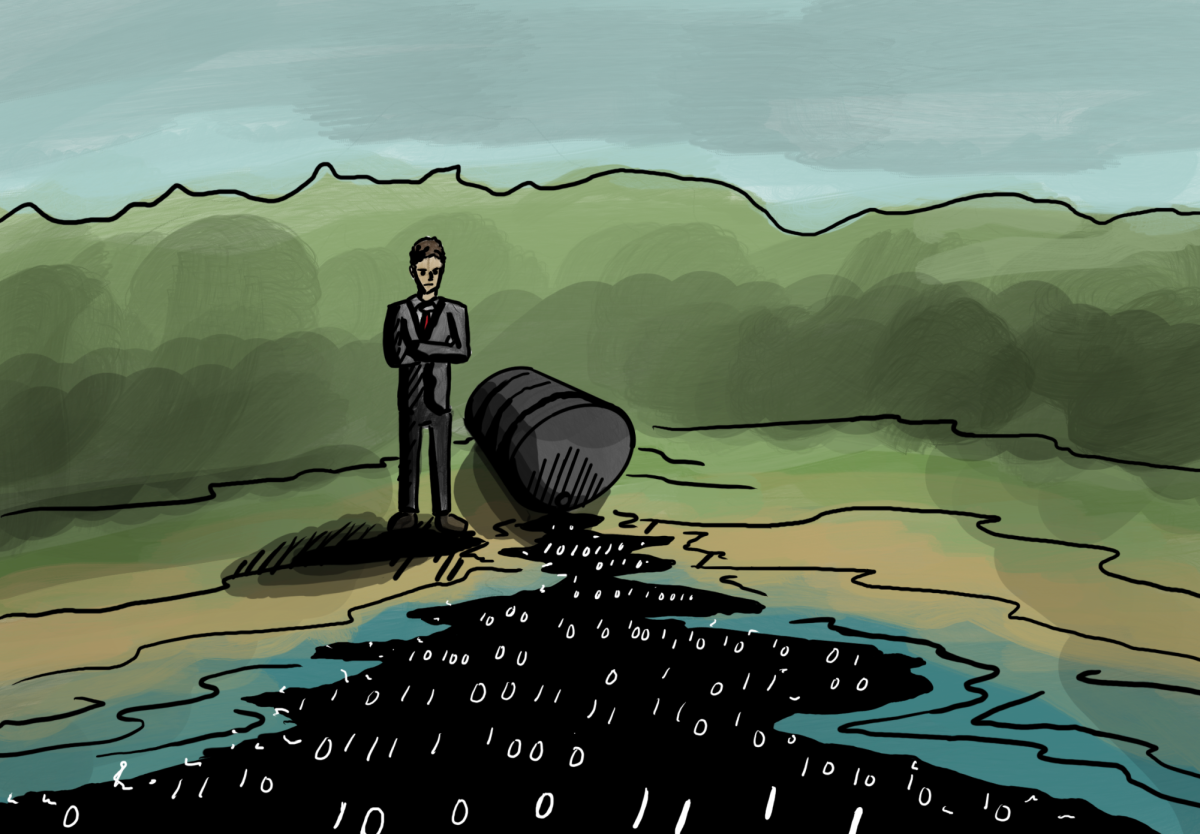I’m not new to experiencing racism on the job. About a year ago, I was at a press conference with a photographer from The Ithacan. We were seated in the back part of an auditorium when an older white man with shaggy gray hair and a baggy camouflage jacket stepped up to me and stared me straight in the eye.
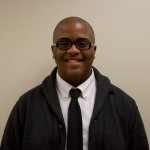
“A few years ago, people like you wouldn’t even be allowed to do your job,” he told me with a silver glare in his eyes. “Do me a favor and leave.”
The other reporters around me saw what happened, and the man continued to heckle me as a few security guards pulled him out the side entrance of the room.
I stayed silent. I pulled out my reporter pad and recorder, and directed my attention to the front of the room. Then-Attorney General Andrew Cuomo was about to speak, and I had a job to do.
To say minority journalists have come a long way would be both an understatement and a subtle exaggeration. Though the number of blacks, Hispanics, Asians and other non-White races in newsrooms has grown over the past 40 years, there is still room for improvement.
For example, The Associated Press has had only two black female White House correspondents in its 165 years of existence.
And as a black student at a predominately white institution, I can confidently say I was not “Ready” for the climate and reality faced by minorities in media when I stepped into my first internship outside of the college.
That preparedness came from other real-world experience at places like The Atlanta Journal-Constitution, where I covered race issues and immigration under the supervision and fine editing of veteran reporters and editors.
It came from having candid talks with people like LaSharah Bunting, National News Editor at The New York Times, at The New York Times Student Journalism Institute — a fantastic program dedicated to training talented young minority journalists.
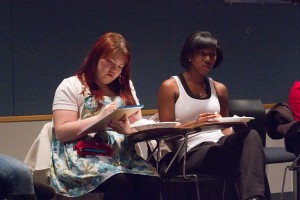
But what about the atmosphere right here at Ithaca College? Walking the hallways of the Park School of Communications, it’s obvious that the school is not a particularly diverse one. My racial community exists, but we’re scattered. From my first day as a freshman, there was no sense of community or connectivity, and the numbers seemed to decline every year in my class.
While we have the ALANA community, which does a commendable job of providing minority students on campus with an outlet for community building and enrichment, some communications students struggle to find their own sense of identity.
That’s why I’m working with Wenmouth Williams, interim chair of the journalism department, and a group of dedicated students to start The Park Association for Journalists of Color, a group that I hope will fill that void.
Through guest speakers, workshops and events, I want the group to grow into a network connecting students at the college to professionals doing exactly what they aspire to do. The veil of racial disparity in journalism needs to be torn at its seams, and it should start while young journalists are still training for the future.
In his memoir, Gerald M. Boyd, the first African-American managing editor at The New York Times, who resigned after the Jayson Blair scandal, said “curiosity plus legwork becomes expertise.” Minorities are not handed much of anything, but most journalists share a curiosity and passion for our craft. Now it’s time for the legwork.
Aaron Edwards is editor in chief of The Ithacan. Email him at [email protected]


